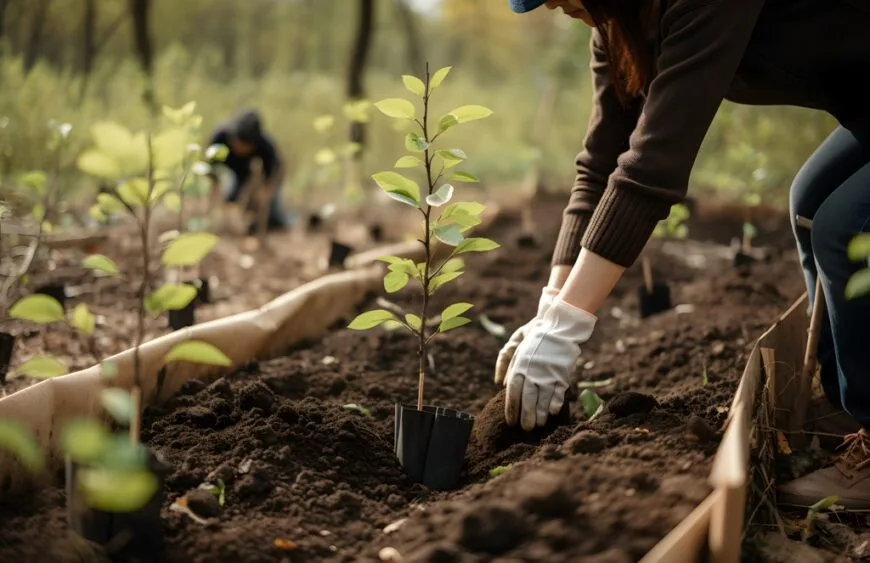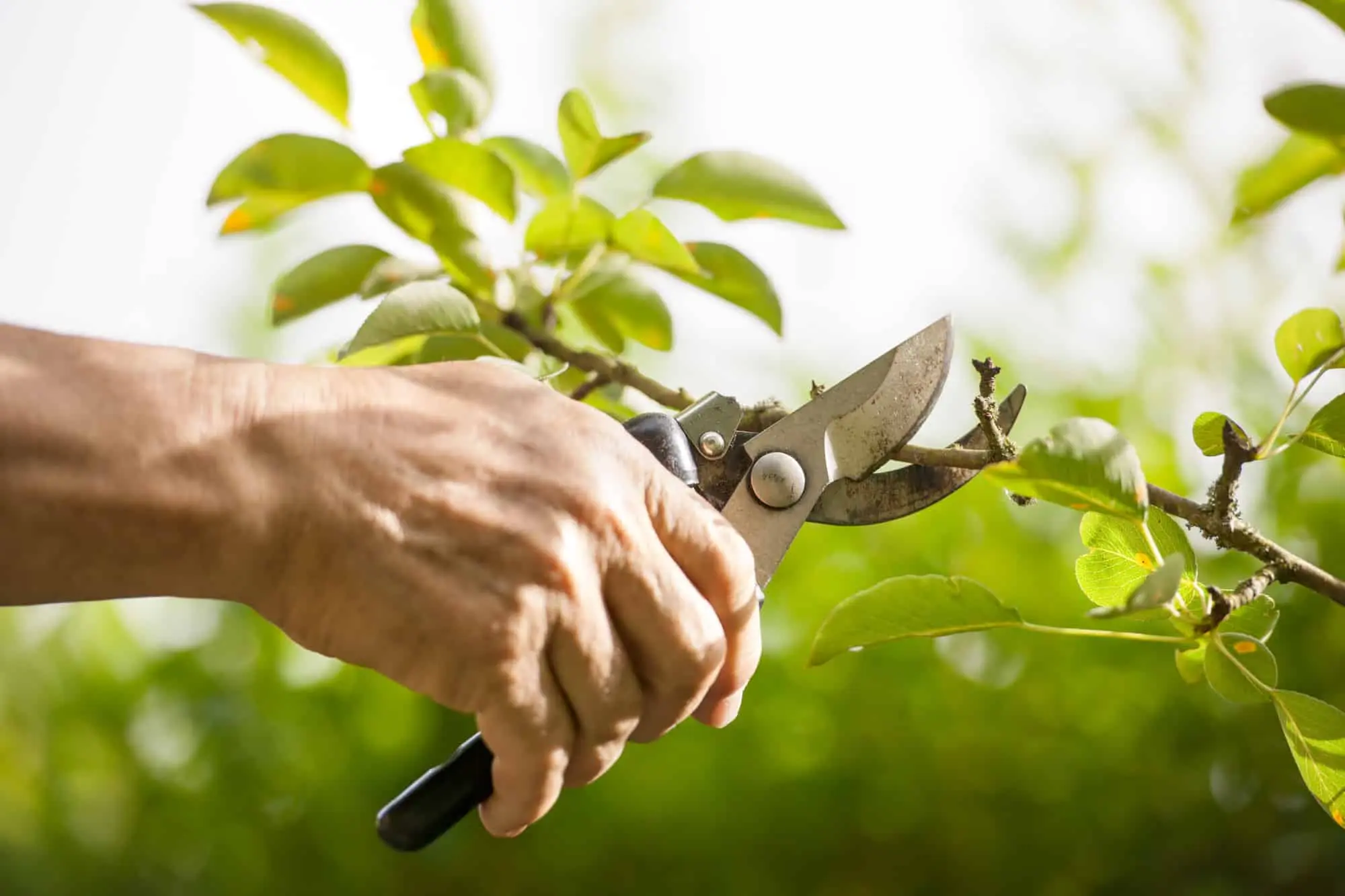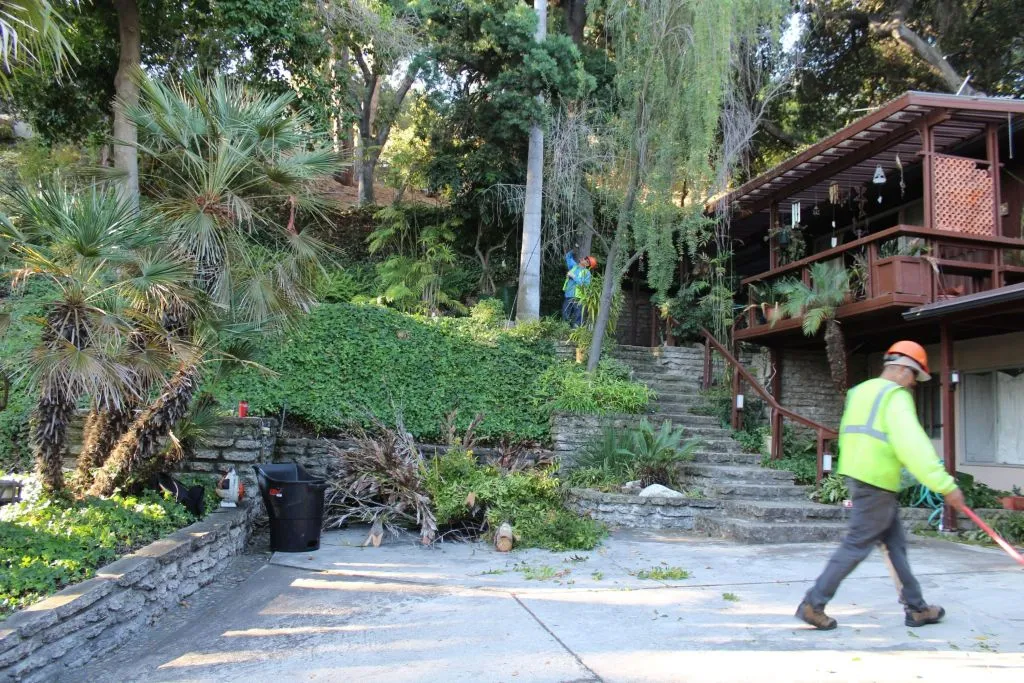How to Transplant Trees: A Step-by-Step Guide
Introduction
Transplanting trees is a crucial practice in landscaping and environmental conservation. Understanding the importance of tree transplanting and the process involved is essential for successful tree relocation projects.
Importance of Transplanting Trees
Transplanting trees offers numerous benefits to the environment and communities. First and foremost, it helps preserve mature trees that might otherwise be destroyed by construction or development projects. By relocating these trees instead of cutting them down, we maintain their ecological value, including providing shade, reducing erosion, and supporting biodiversity.
Moreover, tree transplanting contributes to urban forestry efforts by enhancing green spaces in cities and towns. Preserving these trees through transplantation supports urban environments' overall health and well-being.
Overview of the Transplanting Process
The transplanting process involves several steps to ensure the tree's successful relocation and adaptation to its new surroundings. Firstly, the tree is carefully evaluated to determine its health and suitability for transplanting. Next, the root ball is excavated, preserving as much of the root system as possible.
Adequate soil preparation, watering, and post-transplant care help the tree establish itself in its new environment. Proper maintenance and monitoring following transplantation ensure the tree's long-term health and survival.
Understanding the importance of this practice and following proper transplanting procedures are essential for successful tree relocation projects.
Assessing Tree Health and Suitability for Transplantassess beforeassessBefore transplanting a tree, assess its health, and determine its suitability for relocation. This evaluation ensures that only trees with a high likelihood of survival are chosen for transplantation, maximizing the project's success.
Evaluating Tree Health Before Transplanting
Assessing a tree's health involves examining various factors that indicate its overall condition and ability to withstand the stress of transplantation. Signs of good tree health include:
Conversely, trees showing signs of decline, such as wilted or discolored leaves, dead branches, or root damage, may not be suitable candidates for transplanting.
Criteria for Selecting Trees Suitable for Transplantation
Several criteria help determine whether a tree is suitable for transplantation. Firstly, the tree's size and age play a significant role, as younger trees with smaller root systems tend to transplant more successfully than older, larger specimens.
Furthermore, the tree species can influence its suitability for transplantation, as some species are more resilient and adaptable to transplanting than others. Considering these factors during the tree selection process helps ensure that only the most viable candidates are chosen for transplantation, increasing the likelihood of successful establishment in their new location.
By carefully evaluating these factors, arborists and landscapers can choose trees with the best chances of survival, ultimately contributing to the success and sustainability of the transplanting endeavor.
Optimal Timing for Transplanting
Choosing the right time to transplant a tree is crucial for its relocation and establishment in its new environment. A successful outcome can be significantly increased by being aware of the ideal seasons to transplant different types of trees and the idea of dormant periods.
Best Seasons for Transplanting Different Types of Trees
The optimal time for transplanting trees varies depending on the species and climate. Transplanting during these periods allows the tree to focus its energy on root establishment without the added stress of supporting foliage.
Conversely, evergreen trees, which retain their foliage year-round, are typically best transplanted in early spring before new growth begins or in late summer to early fall after the peak of summer heat has passed. These seasons provide favorable conditions for root growth and reduce the risk of transplant shock.
Understanding Dormancy Periods
Dormancy periods play a significant role in determining the optimal timing for transplanting trees. Trees enter a period of reduced metabolic activity during dormancy, making it an ideal time to disturb their root systems without causing undue stress. Transplanting during dormancy minimizes the risk of transplant shock and allows the tree to focus on establishing new roots once transplanted.
By aligning transplanting efforts with the natural rhythms of tree growth and dormancy, arborists and landscapers can maximize the success of tree relocation projects. Choosing the right time to transplant ensures that trees have the best possible chance of thriving in their new environment, ultimately contributing to the beauty and sustainability of landscapes for years to come.

Preparation for Transplanting
Proper preparation is essential before transplanting to ensure the successful relocation and establishment of the tree in its new environment.
Tools and Materials Needed
Several tools and materials are required for the transplanting process. These include a sharp spade or shovel for digging, pruning shears for trimming roots and branches, a hose or watering can for watering, burlap or other materials for wrapping the root ball, and stakes and ties for stabilizing the tree after transplanting. Additionally, it's helpful to have soil amendments such as compost or fertilizer on hand to improve soil quality at the new site.
Preparing the New Site: Soil, Drainage, and Location Considerations
Proper preparation of the new site is critical for ensuring the success of the transplanting process. Start by selecting a location that provides suitable growing conditions for the tree, considering factors such as sunlight exposure, soil drainage, and available space for root expansion.
If necessary, address drainage issues by amending the soil or installing drainage systems.
Providing optimal growing conditions at the new site increases the likelihood of the transplanted tree's survival and long-term health.
Digging Out the Tree
Digging out the tree is a crucial step in transplanting, requiring careful attention to preserve the root system and the tree's overall health. Proper measurement and digging techniques help minimize root damage and increase the chances of successful transplantation.
Dig down to the depth of the tree's root system, which typically extends to the drip line or beyond. Avoid cutting through large roots, as this can cause significant damage to the tree.
Once the trench is complete, carefully undercut the root ball by digging beneath it at an angle. Gradually loosen the soil and roots as you work around the tree. Continue digging until the entire root ball is freed from the surrounding soil.
Techniques for Minimizing Root Damage
To minimize root damage during excavation, use a sharp, clean digging tool to cut through roots rather than tearing or ripping them. Take care to preserve as much of the root system as possible, as healthy roots are essential for the tree's survival after transplantation.
After the root ball is dug out, wrap it in burlap or another suitable material to protect the roots and retain soil moisture during transport.
By following proper measurement and digging techniques and taking care to minimize root damage, you can ensure the successful excavation of the tree for transplanting, setting the stage for its successful relocation and long-term health.
Preparing the Tree for Movement
This involves wrapping and protecting the root ball and ensuring the tree remains adequately hydrated throughout the moving process.
Wrapping and Protecting the Root Ball
Wrapping the root ball helps protect the delicate roots and retain soil moisture, which is essential for the tree's survival after transplanting. This protective covering shields the roots from damage during transport and minimizes the risk of desiccation.
Additionally, if the tree is being moved during the dormant season, consider applying a root growth stimulant or mycorrhizal inoculant to the root ball before wrapping. These products encourage root development and enhance the tree's ability to establish itself in its new environment.
Ensuring the Tree Remains Hydrated
Proper hydration is crucial for the tree's health and survival during transplanting. Before moving the tree, thoroughly water the root ball to moisten it. Once wrapped, water the root ball as needed to prevent it from drying out during transport.
During transport, shield the tree from direct sunlight and wind, as exposure to these elements can increase water loss and stress on the tree. If the journey to the new location is lengthy, consider periodically misting the root ball to maintain moisture levels.
Providing ample water and proper care following transplanting encourages root establishment and promotes the tree's successful adaptation to its new surroundings.
PreparingBy preparing the tree for movement and ensuring its hydration can help minimize stress and maximize the chances of a successful transplanting outcome, ultimately contributing to its long-term health and vitality.
1. Hand-carrying: The tree may be feasible for smaller trees or short distances. This method involves lifting the tree by its root ball and carefully carrying it to the new location.
2. Using a Wheelbarrow or Dolly: a wheelbarrow or dolly can transport the root ball to the new site for heavier trees.
3. Using a Tree Spade or Mechanical Equipment: For more giant trees or long distances, specialized tree spades or mechanical equipment, such as cranes or tree-moving trucks, may be necessary. These tools allow for the efficient lifting and transportation of the tree, minimizing stress on the roots and ensuring its safe arrival at the new location.
FAQs
1. What is tree transplanting, and why is it important?
Protecting mature trees during construction projects and enhancing urban green spaces is essential. Transplanting allows trees to continue providing benefits like shade, air purification, and habitat for wildlife in new locations.
2. When is the best time to transplant a tree?
The optimal transplant time varies depending on the tree species and local climate. Deciduous trees are best transplanted during their dormant season in late fall or early spring, while evergreen trees are typically transplanted in early spring or summer to early fall.
3. How do I know if a tree is suitable for transplanting?
Several factors determine a tree's suitability for transplanting, including its health, size, and root system. Healthy trees with well-developed root systems are the best candidates for transplanting. It's essential to assess the tree's overall condition and consult a professional arborist before transplanting.
4. What tools and materials are needed for tree transplanting?
Essential tools for tree transplanting include a sharp spade or shovel, pruning shears, burlap or other wrapping material, stakes, ties, and soil amendments like compost or fertilizer. These tools help facilitate the excavation, wrapping, and replanting of the tree with minimal damage to its roots.
5. How can I ensure the success of a tree transplanting project?
Success in tree transplanting requires careful planning and execution. Adequate preparation of the new site, proper tree handling during excavation and transportation, and timely watering and post-transplant care are crucial factors. Consulting with a professional arborist and following best transplant practices increase the likelihood of a successful outcome.
Conclusion
In conclusion, tree transplanting is a valuable practice that allows for the preservation and relocation of trees, contributing to the enhancement of green spaces and the preservation of mature trees during construction projects. By understanding the importance of tree transplanting, the optimal timing for transplantation, and the necessary preparation and techniques involved, individuals and communities can successfully undertake tree relocation projects while minimizing stress on the trees and maximizing their chances of survival and growth in their new environments.
Are you considering a tree transplanting project for your property or community? Take the first step towards preserving valuable trees and enhancing your landscape by consulting a professional arborist or landscaper.
Remember, every tree plays a vital role in our ecosystem, and by transplanting trees responsibly, we can ensure their continued contribution to our environment for generations to come. Start your tree transplanting journey today and make a positive impact on your surroundings.




